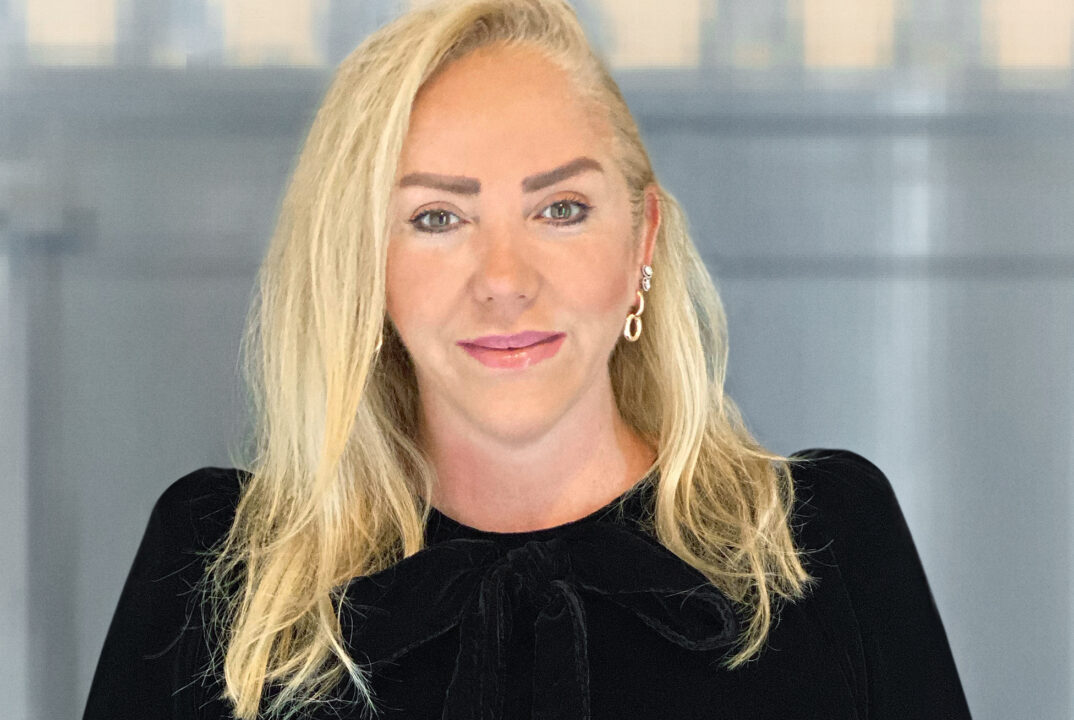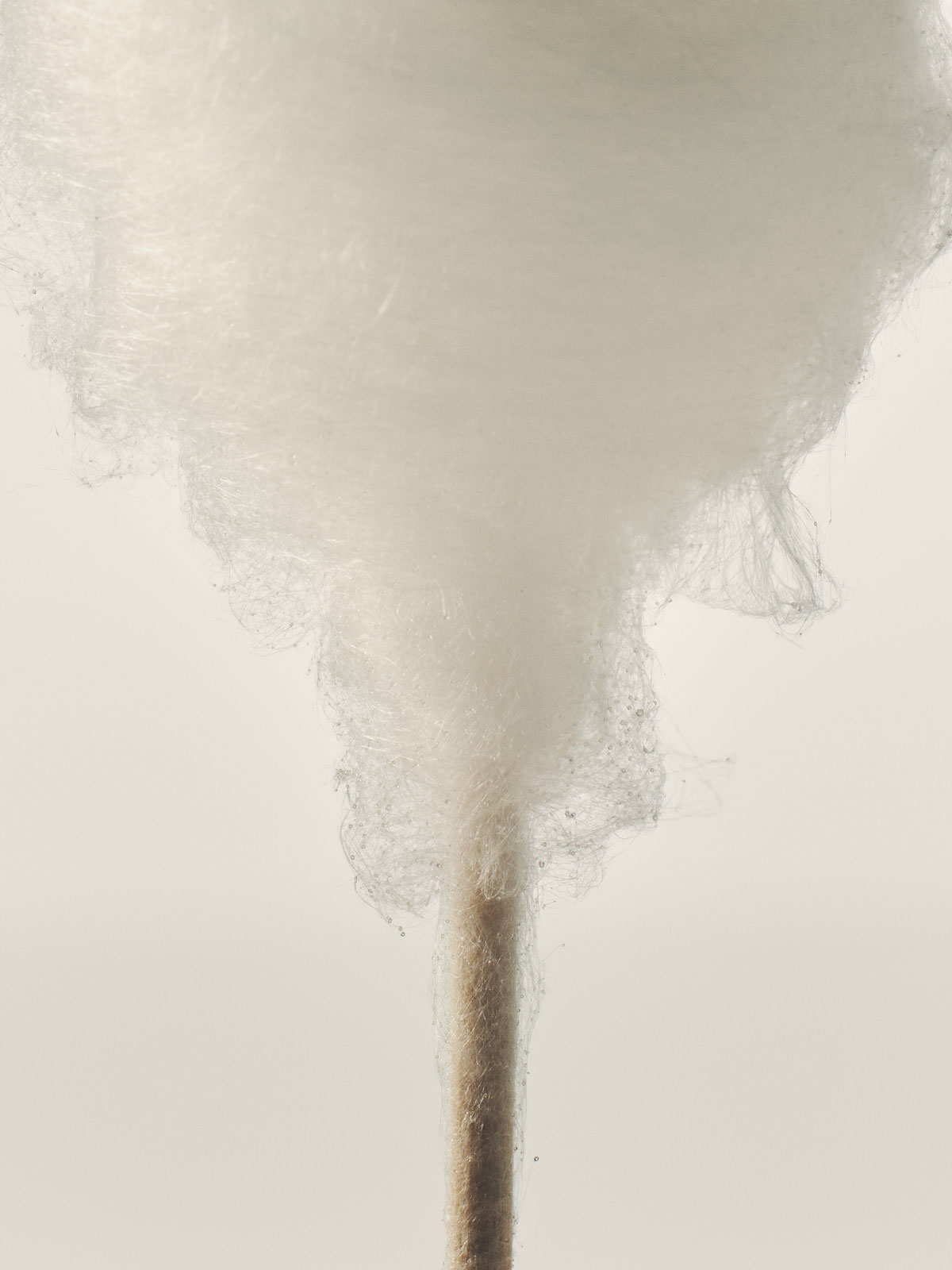Since January, Leyla Ertur has headed up H&M Group’s sustainability agenda. She’s been with the company for over 20 years, bringing a wealth of knowledge, experience and insight to the role. We catch up with her after her first COP meeting, to find out about what’s happening, what keeps her up at night and her hopes for the future.
Meet Leyla Ertur, Head of Sustainability

Earlier this month you attended your first COP meeting in Glasgow, what was it like?
Climate is the most urgent issue on the world’s agenda. It’s great to see governments, organisations and industries coming together to discuss the issue and make commitments. In parallel, I really feel it’s time to stop setting ambitions and start delivering on our promises.
It was good to discuss more concrete plans, opportunities and challenges. These challenges can only be solved through collaboration and companies that are willing to collaborate, push the change and get a head should be recognized for their leadership.
You’ve been in your role for ten months, what has been the highlight?
This is the job I’ve dreamt about for years. I’ve lived and worked in countries all over the world and everywhere I go I’ve met people who are so proud to be part of H&M Group. I’m always impressed with the positive impact we have. In my position, I also get to see what happens behind the scenes to create this positive impact – the planning, the effort, the people, the time – it’s amazing.
What keeps you awake at night?
On a personal level, I worry about the type of world we are leaving to future generations, including my son and his friends. When you learn about the size and scale of the problem, it can be overwhelming but, at the same time, it motivates me to do my best in my work. In our organisation, we have lots of opportunities to make a difference and we need to take advantage of these opportunities.
What are the biggest challenges for H&M Group?
We offer fashion and quality at the best price in a sustainable way. We need to secure this balance to stay relevant to our customers. This means that while we need to stay strong in innovation, invest in different solutions for our sustainability agenda and take bolder steps in our commitments, we also need to continue to offer our customers product they love and can afford.
In terms of sustainability – there is currently a lack of infrastructure to help us reach our ambitions in some areas. For example, if we are going to reach net-zero emissions, we need innovation. We want to phase out fossil fuels in our supply chain, but we don’t know if there will be enough renewable power sources in our production countries. I always say we are on long journey and there are a lot of unknowns. You need to be bold, you need a lot of positive energy, lots of collaboration, but it also needs a lot of investment and systematic planning.
There’s a lot of talk about circularity and fashion, but what does it mean for H&M Group?
We know that we need to be more circular and to operate within the natural boundaries of our planet. And if we do this, it will help us achieve our wider environmental goals. But, to become circular we need change on a systems scale, and we need to work together.
One key element of making this shift is establishing recycling and closed loop supply chains. At H&M Group, we have helped to develop and scale technologies that make this possible. However, alone this will not be enough. That’s why we’re investing, testing and scaling new ways to bring fashion and design to wide audiences. For example, we’ve invested in Sellpy, the marketplace for pre-loved apparel. The Circulator is another great example. This is our approach to designing more circular products that we want to share with the industry so we can work together on finding the best way forward.
You hear a lot about fashion and climate, but how does fashion impact biodiversity?
For me, biodiversity is the sum of what we are doing with climate, water, land management, and so on. Many of these areas have been on our agenda for quite some time, but there’s a growing biodiversity emergency. We have created a specific work stream to understand how we can take more strategic steps. We are looking at how we work with natural resources – the raw material, fabric and yarn production, transportation and how our products are used. The more we can understand this, the stronger agenda we can create.
The challenge with biodiversity is the same as the one we had when we started discussing CO2 emissions – there are no clear, jointly accepted, science-based targets yet. Today if I talk about climate, it’s concrete because we have the Paris Agreement as a north star. We don’t have this agreed vision for biodiversity yet. However, we are working with external stakeholders to define science-based strategies and measurements for biodiversity for our whole industry. As well as looking at how we can integrate our current environment goals in this.
Another area of our sustainability agenda is fair and equal, what have we being doing here?
Our business is built on people. Besides our 150,000 colleagues, our suppliers employ some 1.6 million people. Most are women and often, they are the main income earner in their families. We want to empower all of them with fair, safe and meaningful jobs, where their human rights are respected and inclusion is embraced.
This is why we take a leading role to tackle systemic issues such as worker empowerment and industrial relations, wages and responsible purchasing practices – in order to ensure that the way we do business with our suppliers enables and supports them in being a good partner to their employees – as well as to us.
We see more and more brands working on their sustainability agendas, what are we doing to keep leading the change?
I have to say, that I think it’s super positive that more brands are focusing on sustainability. We wanted to inspire the industry and we have. We’ve got to remember that there’s so much we can learn from each other, both from brands within our industry and outside. Collaboration is a key piece of our work.
Saying that, what sets H&M Group apart is our track record in sustainability strategy and super strong infrastructure – our circular innovation lab, our experienced teams, our green investments, our business ventures, our courage to take bold steps and our local teams being in touch with our suppliers every day.
What are you looking forward to next?
There are a few things I can name. Our customers are what make us relevant and I’m looking forward to finding ways to work with them and empowering them to be more sustainable in their choices. I’m also looking forward to talking more and louder about our different sustainability agendas – leading the change, climate and circularity, fair and equal, – sharing what we do, what’s working and what we’ve learned.
Finally, I’m really looking forward to working with our different partners, other brands, stakeholders, governments. Not only to lead the change, but also to collectively create a bigger movement. I believe, this is the only way we can make progress.



